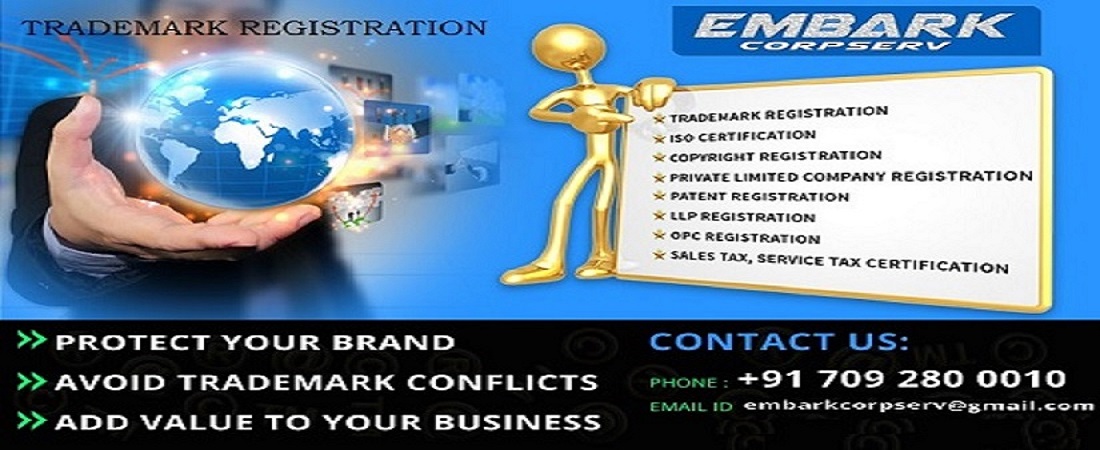ISO CERTIFICATION
What steps needed to achieve certification?
Depending on the amount of time you devote to the project, it can take from as little as a few weeks to as much as a year or more to prepare. Because of this “lead time”, it’s important to get started before you wait, you will likely lose even more business before you are able to achieve ISO certification. Here are the steps required
1. Documentation: Preparing your policy and Procedures Manuals
2. Implementation: ISO 9001:2008 is basically an instructions manual for your business.
It is “Say what you do and Do what you say”. Implementing ISO means putting it into practice within your company. It typically takes between three to nine months, and is the second phase of the process.
3. Inspection Audit: When your documents are ready and you have implemented them throughout the organization, it’s time to call the auditing organization, known as a Registrar. They will inspect your documents properly, and make a report to the Registrar for or against registration.
4. Registration: When you pass the audit, your company be registered as an ISO-Certified organization and published in the Registered Company Directory.








